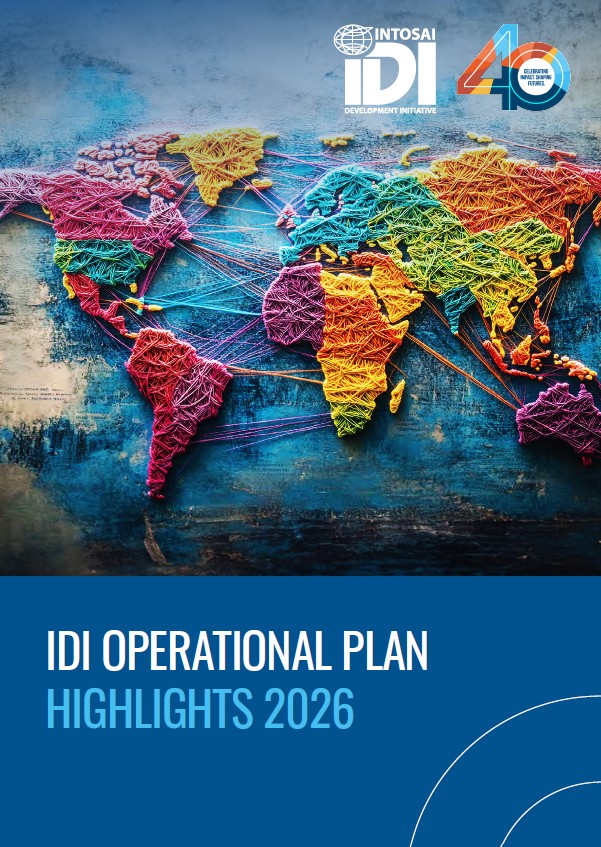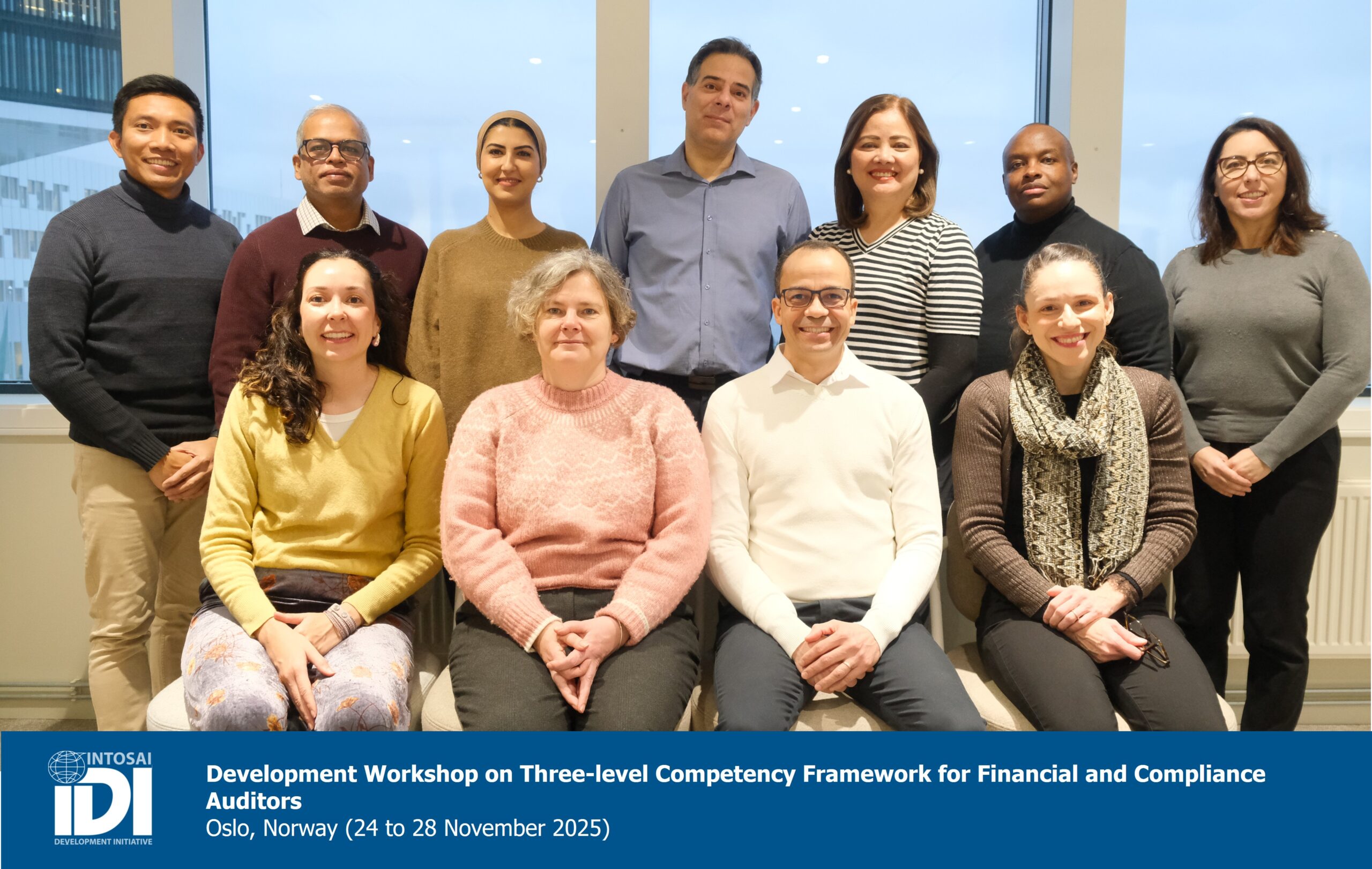SIRAM – SAI Independence Rapid Advocacy Mechanism
Stand for SAI Independence, Report a Threat
Contact the IDI SIRAM team to ensure accountability remains at the heart of governance. Together, we can safeguard the independence of our institutions.
Why Was SIRAM Developed?
They are a key component of any government’s accountability system. The independence of the SAI from the executive bodies it audits is fundamental to its role in holding governments to account and building trust between the organs of the state and society.
Yet evidence shows that SAI independence is continuously challenged by executive interference, democratic backsliding, and decline in the rule of law. These threats can also manifest in a variety of ways such as through amendments to a country’s constitution or audit legislation, challenges to SAI mandates, inadequate follow up of SAI reports, sharp cuts in SAI budgets, and attempts to remove the Head(s) of the SAI or delay the appointment of a new Head.
The Supreme Audit Institution Rapid Advocacy Mechanism (SIRAM) has been developed to assist SAIs in addressing these immediate threats to their independence. It is a response mechanism designed to identify and mitigate breaches of SAI independence. It builds on INTOSAI global expertise and provide to SAIs and interested stakeholders an avenue to raise concerns regarding the independence of SAIs. it uses IDI’s targeted expertise and assessment tools to mobilise global advocacy efforts and address ongoing threats.
To understand more about SIRAM, watch our introductory video here:

SIRAM in English
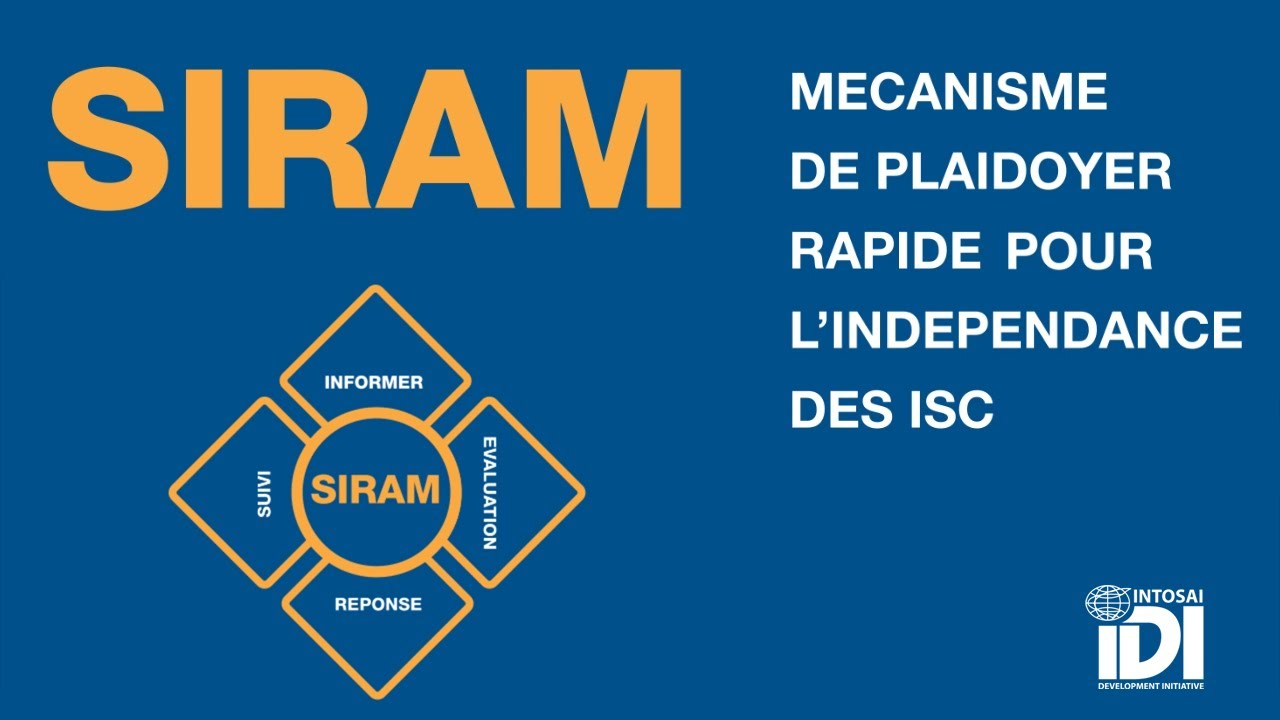
SIRAM en français
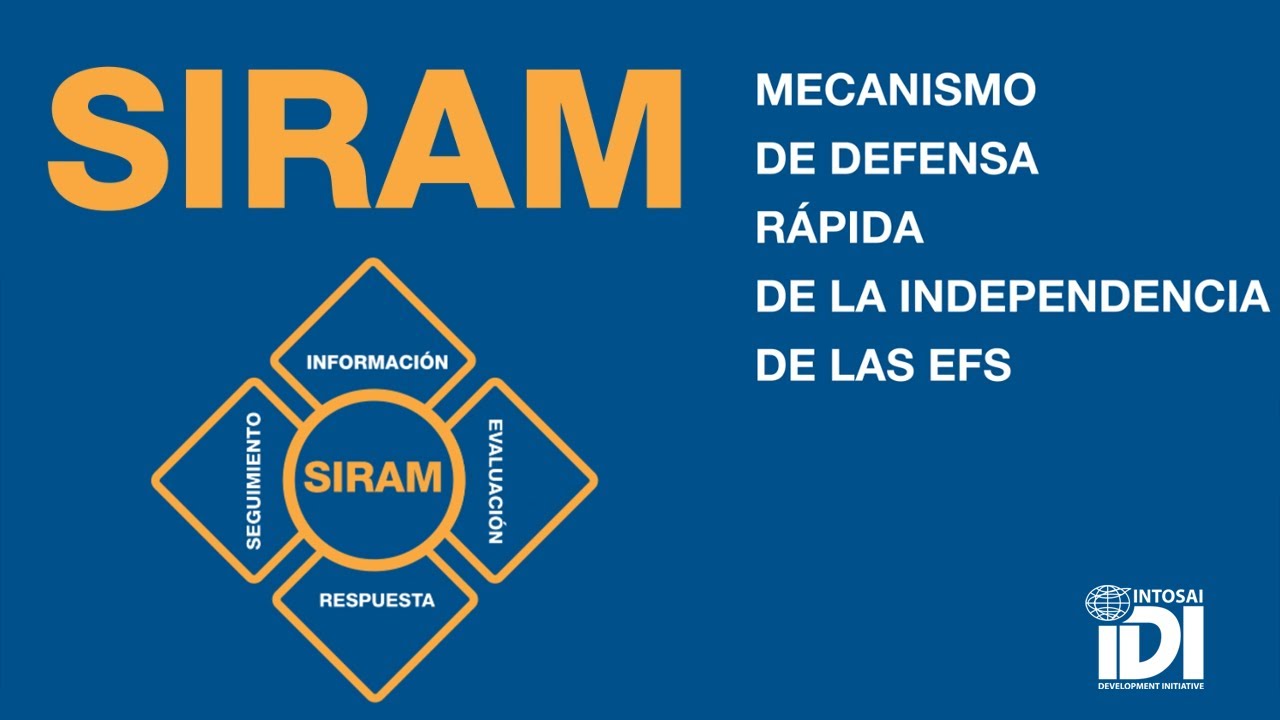
SIRAM en español
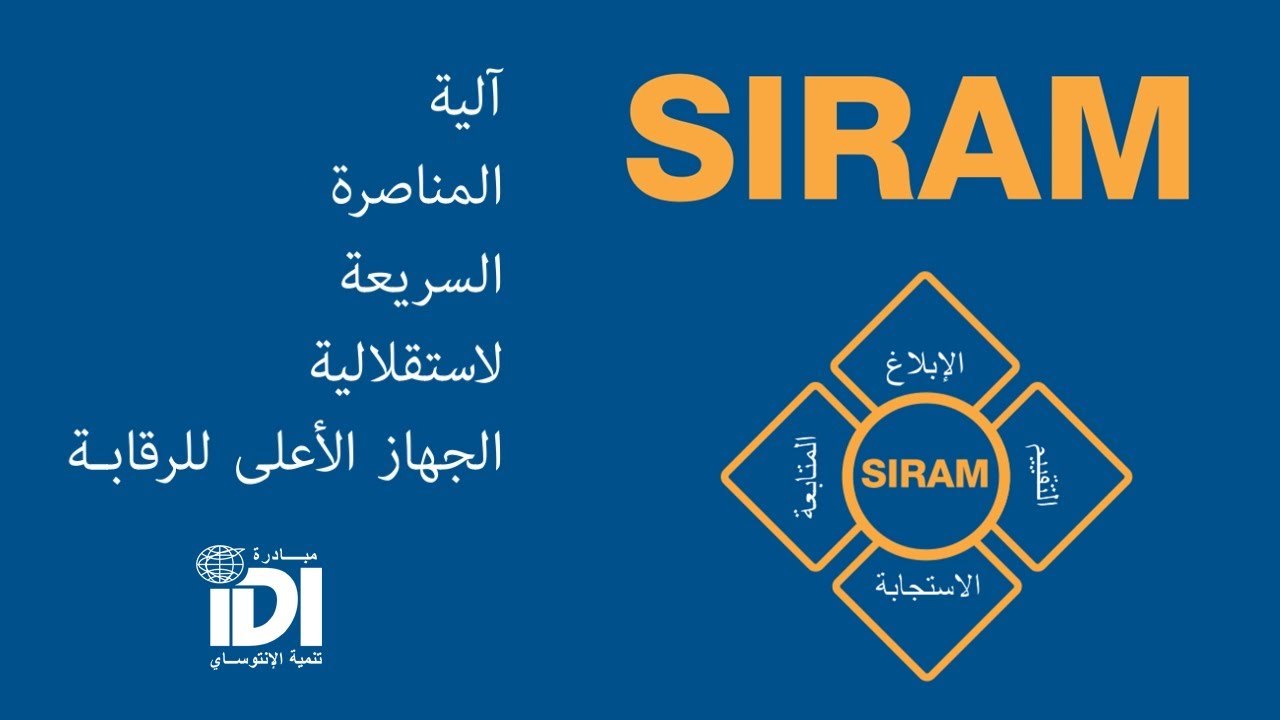
بالعربية SIRAM
What is SIRAM?
When a threat to the independence of a Supreme Audit Institution (SAI) is reported, the SIRAM process ensures a thorough, responsive, and effective course of action. This process unfolds in four stages—Inform, Assess, Respond, and Follow-Up—each designed to safeguard SAI independence and uphold global accountability standards.
1. INFORM
The process begins with information gathering to establish the legitimacy and severity of the threat.
- IDI conducts a preliminary review to evaluate the reported or identified breach against the eight pillars of SAI independence as outlined in the Mexico Declaration (INTOSAI P-10).
- IDI delivers an initial conclusion to determine whether the threat is genuine and requires further action.
- If the breach is validated, IDI contacts the affected SAI (if not already engaged) to confirm its willingness to receive advocacy support.
2. ASSESS
Once the initial review confirms a valid threat, the case moves to the assessment phase:
- A tailored response strategy is developed considering the unique legal, political, and institutional context.
- The assessment prioritises alignment with INTOSAI’s Lima and Mexico Declaration principles, which emphasise SAI independence as a cornerstone of effective governance.
3. RESPOND
In the response phase, the SIRAM tool mobilizes advocacy and action through targeted interventions, such as:
- Public statements and analysis to relevant authorities, highlighting breaches and advocating for corrective measures.
- Stakeholder missions involving in-country engagement with government officials, CSOs, and media.
- Support legislative reforms: Drafting provisions or amendments to reinforce SAI independence in national legislation.
4. FOLLOW-UP
The final stage ensures that advocacy efforts have a lasting impact:
- IDI and its partners remain actively engaged with the SAI to monitor progress and maintain independence.
- Follow-up can include long-term partnerships with development partners and stakeholders to address vulnerabilities and prevent future threats.
How to report a threat?

Spotlight on SIRAM cases over the years
Testimonials
SIRAM is fast and ‘technical’ — not responding to the political context, but to the acts and facts. It refers to internationally respected declarations and agreements, and is a step on the long way to better governance and accountability.
In my opinion, the long-lasting experience of the IDI is undeniable.
It helped and will continue to help. I would, therefore, strongly encourage all Heads of SAIs who encounter similar restrictions to their independence not to wait and to notify IDI as soon as possible when similar threats arise.
Without independence and protection from outside influence, SAIs cannot operate as reliable public spending watchdogs. The SAI Independence Rapid Advocacy Mechanism (SIRAM) is an important tool that can help protect the ability of SAIs to independently audit government programmes and accounts. It has already demonstrated its ability to address emerging threats to SAI Independence and I look forward to it continuing to enhance independence throughout the public sector auditing community.
